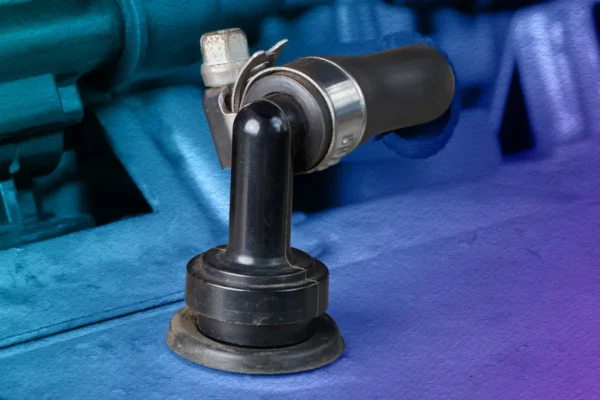What is the Function of a PCV Valve?
The Positive Crankcase Ventilation (PCV) valve is a vital component of your vehicle’s engine system. Primarily, it controls the release of gases from the crankcase into the intake manifold. This mechanism prevents pressure buildup from combustion gases, commonly known as “blowby.” Over time, these gases can contaminate engine oil, leading to potential leaks and engine performance issues. First introduced in the 1960s, PCV systems have evolved, and understanding your vehicle’s design can help you determine if it even has one.

Identifying Symptoms of a Failing PCV Valve
Recognizing when your PCV valve needs replacement is crucial. A malfunctioning valve may become stuck either open or closed. If stuck open, it can lead to oil being drawn into the intake manifold, resulting in rough idling and poor engine performance. Conversely, a valve stuck closed can cause pressure to accumulate in the crankcase, leading to oil leaks and sludge build-up. Keeping an eye on your engine’s performance, including watching for any check engine lights, can signal the need for a valve inspection.
Testing and Maintenance Tips
Testing your PCV valve is relatively straightforward. Generally, the valve can be found plugged into a grommet on the valve cover. Removing it and shaking it should produce a rattling sound if it’s functioning correctly. Following this, start your engine and check for vacuum by covering the bottom of the valve. Any clicking sound indicates it is working. Remember that many guidelines suggest replacement every 30,000 to 50,000 miles. However, if symptoms arise before this interval, thorough checking can prevent further complications.




